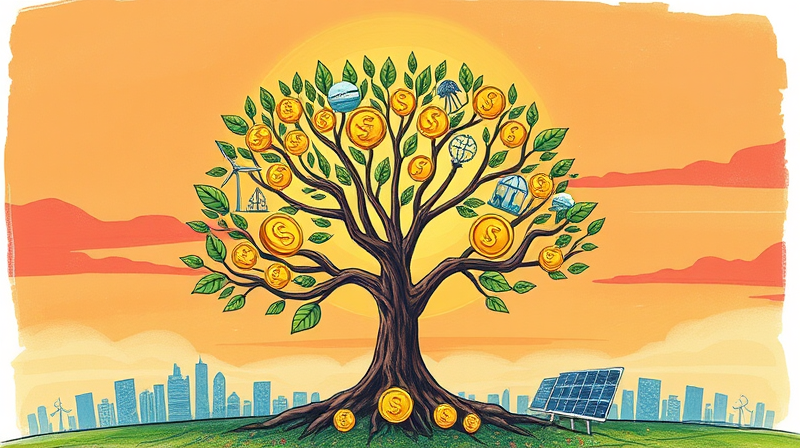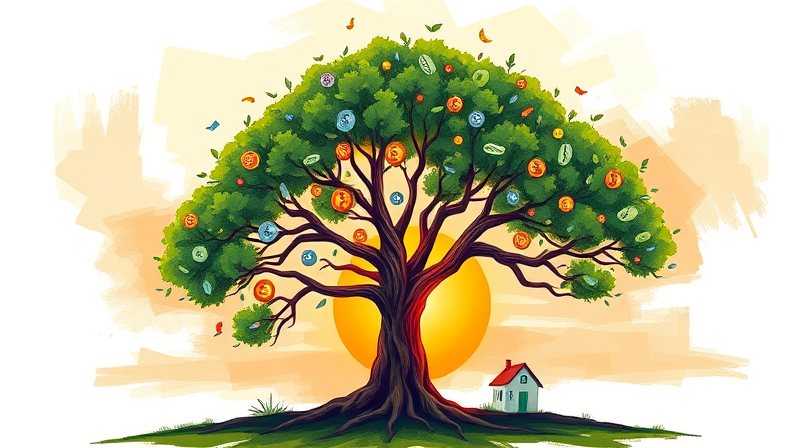
In an era defined by uncertainty and opportunity, building lasting wealth requires more than a high-risk gamble or short-term speculation. Today’s investors seek a harmonious blend of capital growth and ethical responsibility. This article illuminates essential pathways to financial resilience, guiding individuals and businesses toward enduring prosperity.
The foundation of sustainable financial growth rests on time-tested principles and disciplined execution. Three core pillars underpin this journey:
By adhering to these pillars, investors achieve balanced portfolios and smoother returns through market cycles. Early and consistent contributions in tax-advantaged accounts amplify gains via compounding, demonstrating why time in the market beats timing the market.
Beyond conventional metrics, modern wealth building demands a commitment to environmental, social, and governance factors. Sustainable sectors—such as renewable energy, climate technology, and green infrastructure—are attracting unprecedented capital. As of 2025, over $30 trillion in global assets are managed under ESG criteria, reflecting an investor shift toward values-aligned financial strategies.
Evidence shows that companies with robust ESG practices often deliver superior risk-adjusted returns. Tesla’s leadership in clean energy adoption and major funds’ inflows into impact-driven portfolios underscore this trend. Investors now rely on transparent ESG ratings and standardized reporting to avoid greenwashing and ensure genuine impact.
Constructing a resilient portfolio involves more than choosing popular stocks. It requires thoughtful allocation, periodic rebalancing, and an openness to alternative investments.
This approach not only spreads risk but also positions investors to capitalize on innovation and long-term secular trends.
Fintech has revolutionized financial planning. Automated accounting systems, advanced analytics, and digital payment platforms streamline operations and offer real-time insights. Innovative instruments—like green bonds and SDG-linked loans—connect capital directly to sustainability outcomes, creating a feedback loop between financial return and social good.
Adopting these tools enhances decision-making and uncovers opportunities that traditional models might overlook, reinforcing the idea that innovation drives competitive advantage in wealth management.
Growth is only half the battle; preservation completes the cycle. A comprehensive protection strategy includes:
By embedding these measures, investors build a fortress around their capital, aligning personal legacy with broader societal impact.
Quantifying success requires more than tracking portfolio returns. It demands key performance indicators for both financial and sustainability goals:
Examples include revenue growth rate, customer acquisition cost (CAC), and carbon reduction per dollar invested. Tracking these metrics via dashboards fosters accountability and timely adjustments.
This comparison highlights how ESG integration can match or outperform traditional strategies while reducing drawdowns during market stress.
Implementing a sustainable wealth plan involves clear, sequential steps:
Engaging a multidisciplinary advisory team—financial planners, tax specialists, legal counsel, and ESG analysts—ensures rigor and adaptability.
The quest for wealth need not sacrifice ethics or long-term security. By embracing sustainable financial growth, investors create portfolios that benefit both their balance sheets and the broader world. From strategic diversification and disciplined investing to technology adoption and impact measurement, each element plays a vital role.
As capital flows increasingly toward ESG and sustainable initiatives, there has never been a more opportune moment to align personal prosperity with planetary health. Starting today, adopt these strategies to craft a future where your wealth not only endures but also empowers positive change.
References













